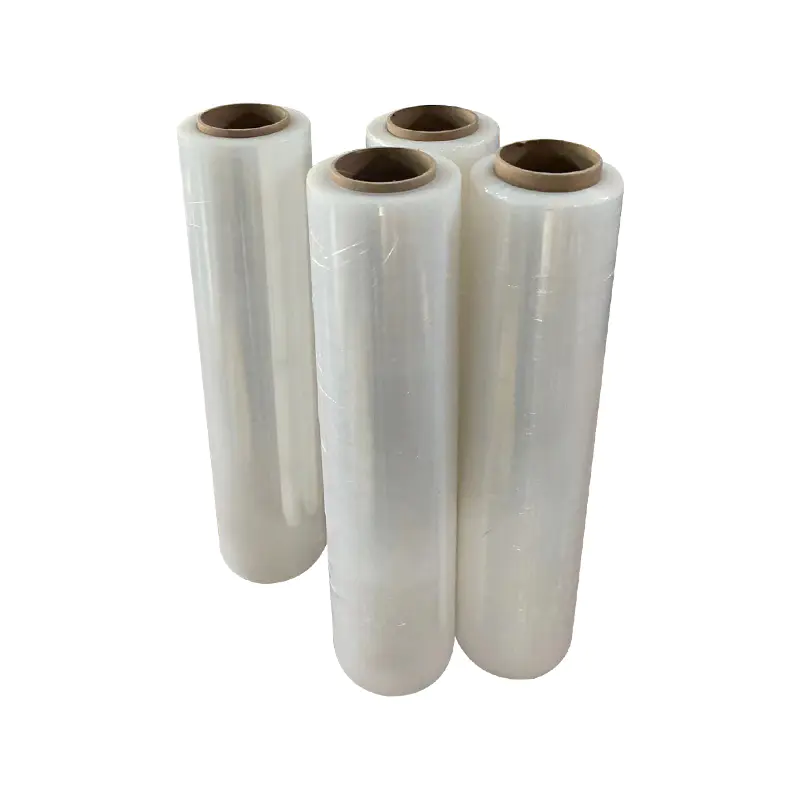Optimizing the composition of
industrial product packaging films through multi-layer structures involves a strategic approach that leverages the unique properties of different materials to achieve the desired balance of strength, durability, barrier properties, and cost-effectiveness.
Understanding Material Properties:
The optimization process begins with a thorough understanding of the properties of various materials commonly used in packaging films, such as polyethylene (PE), polypropylene (PP), polyethylene terephthalate (PET), nylon, ethylene vinyl alcohol (EVOH), and metallized films. Each material has specific characteristics that contribute to the overall performance of the packaging film, including strength, flexibility, barrier properties, clarity, and environmental resistance.
Identifying Performance Requirements:
Next, manufacturers need to identify the specific performance requirements of the industrial product packaging film based on the type of products being packaged, the transportation and storage conditions, regulatory standards, and customer preferences. This includes factors such as tear resistance, puncture resistance, moisture barrier, oxygen barrier, UV resistance, and chemical resistance.
Designing Multi-layer Structures:
Based on the identified performance requirements, manufacturers design multi-layer structures that combine different materials in optimized configurations to meet those requirements. The choice of materials and their placement within the structure is critical to achieving the desired performance characteristics of the packaging film.
Layer Selection and Arrangement:
Different materials are selected for each layer of the packaging film based on their specific properties. For example, PE and PP layers may provide strength and flexibility, while EVOH or metallized layers offer barrier properties against oxygen and moisture. The arrangement of these layers, including their sequence and thickness, is optimized to maximize performance.
Adhesion and Compatibility:
Ensuring proper adhesion between layers is essential to maintain the integrity of the multi-layer structure. Adhesion promoters or tie layers may be used to enhance bonding between incompatible materials. Compatibility between layers is also crucial to prevent delamination or loss of barrier properties.
Balancing Material Costs:
While optimizing the composition of multi-layer structures, manufacturers must also consider the cost-effectiveness of the materials used. Balancing performance requirements with material costs is essential to ensure that the packaging film remains competitive in the market while meeting customer expectations.
Testing and Validation:
Once the multi-layer structure is designed, it undergoes rigorous testing and validation to ensure that it meets the specified performance requirements. This may include mechanical testing (e.g., tensile strength, tear resistance), barrier testing (e.g., oxygen transmission rate, moisture vapor transmission rate), and environmental testing (e.g., temperature resistance, UV stability).
Continuous Improvement:
The optimization process is iterative, with manufacturers continuously seeking opportunities to improve the composition of industrial product packaging films through ongoing research, development, and innovation. Feedback from customers, advances in material science, and changes in regulatory requirements drive continuous improvement efforts.
